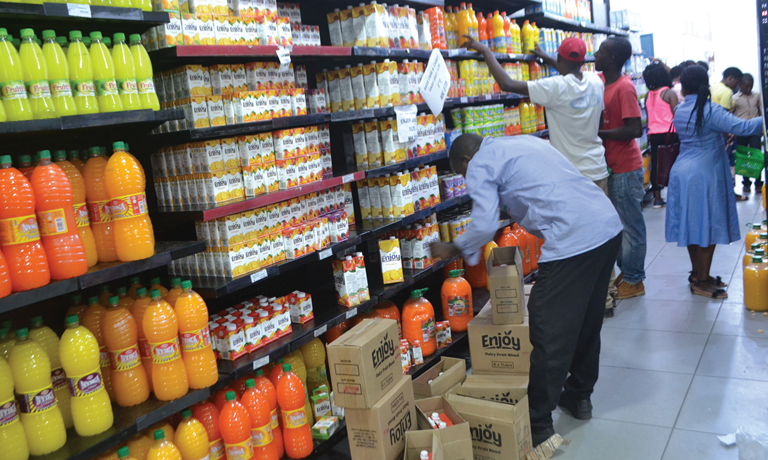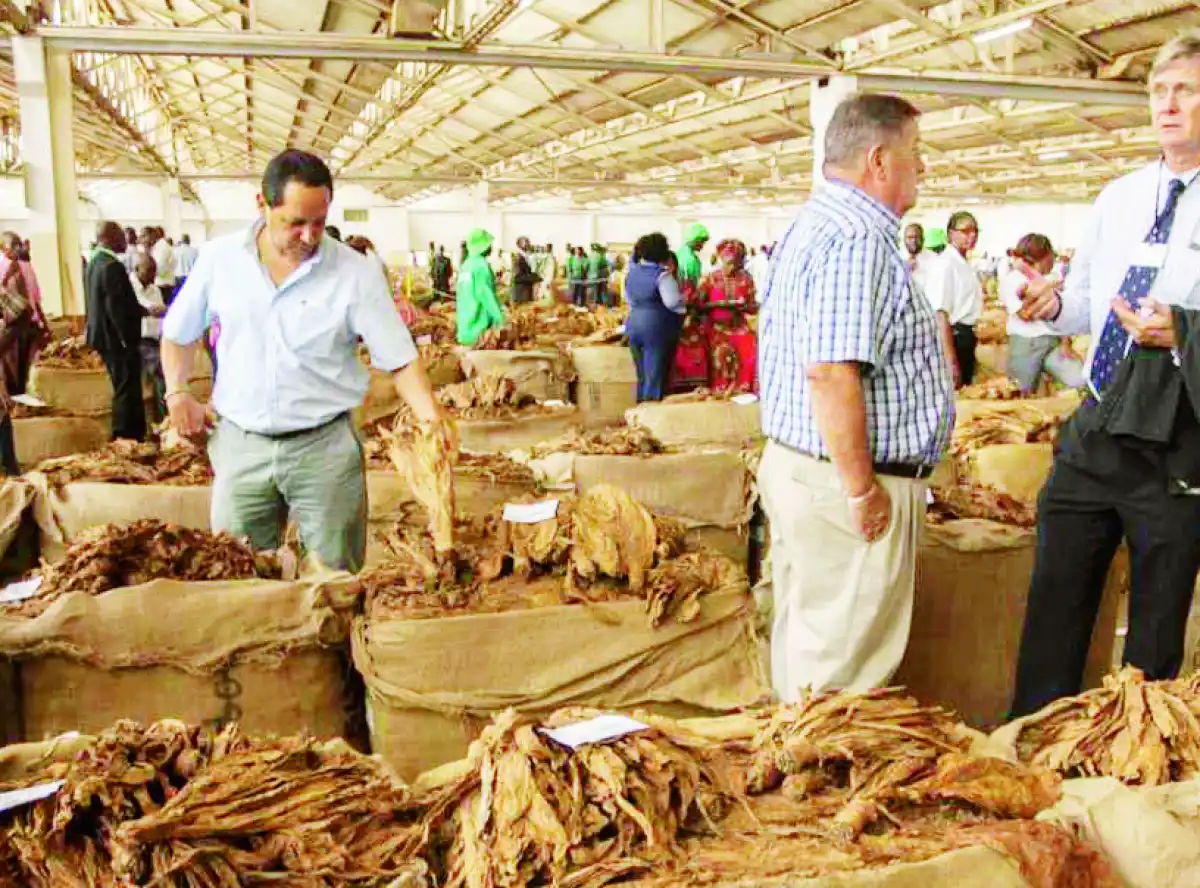For years, Malawi has had strategies aimed at stimulating local production to increase its export base while striving to cut on imports through import substitution.
Three years ago, the National Export Strategy II (NES II) was launched to boost the share of exports in the gross domestic product (GDP) to 20 percent by 2026, almost two years from today.

During the administration of Bingu wa Mutharika between 2004 and 2012, the campaign was to transform the country from a predominantly importing and consuming economy to a producing and exporting one. To add spark, the Buy Malawian Strategy was revived and attempts were made at diversification.
It is depressing to note that despite the numerous efforts over the decades, Malawi’s exports continue to dwindle by the day with Reserve Bank of Malawi data showing that in 2023 the trade deficit, the difference between the values of imports and exports, widened by $800 million to $2.1 billion. To break it down, the country exported goods and services valued at about $1 billion against $3.1 billion worth of imports.
Through the NES II, the focus is on markets which present good opportunities to products and services made in Malawi, targeting neighbouring countries, regional markets, European Union market, USA, Russia, the Middle East, Asia and emerging markets such as Canada, Australia and Switzerland.
But then, even exports to some of the traditional markets such as the United Kingdom (UK), China and the USA have either been declining or stagnating. For example, in 2023 exports to the UK were just $10 million, representing a 52.4 percent drop over the previous year and a 100 percent drop from the NES II base year of 2019 when the country exported $20 million worth of goods and services. Similarly, exports to the US market declined from $79.5 million to $44.6 million during the review period.
In a recent Malawi Economic Monitor titled ‘A narrow path to prosperity’, the World Bank acknowledged that Malawi’s trade performance has been declining in recent decades.
What more does Malawi need to do to turn the tables?
Minister of Trade and Industry Sosten Gwengwe this week expressed optimism that the enactment of Special Economic Zones Bill to facilitate construction of industrial parks is one of the strategies expected to push the country’s production capacity to catch up with the NES II targets. He said exports will likely peak this year because several initiatives will start yielding results. He mentioned the ATM strategy promoting agriculture, tourism and mining as key drivers of growth as one of the strategies.
Dependence on primary commodities makes countries such as Malawi vulnerable to economic and political shocks on global markets, including the aftermath of the Covid-19 pandemic and the Russia-Ukraine conflict that has disrupted global supply chains.
Growth in exports is critical to attainment of aspirations of the Malawi 2063, the country’s long-term development strategy. The strategy envisages diversification of export products within the agricultural sector and towards other sectors, including mining and tourism as having potential to make a difference.
For Malawi, I would also say that over the years, policy inconsistencies have contributed to the slow growth of diversification and exports. In some cases, policies tend to favour traders more than manufacturers. This works to the disadvantage of the economy as most traders will only bring in “cheap” products that will give unfair competition and frustrate manufacturers’ efforts towards import substitution. Import restrictions should be carefully reviewed and implemented.
Investments in increased power generation and road network capacity through the Millennium Challenge Corporation compact and review of some laws offer a glimmer of hope towards incentivising diversification and exports.
Not long ago, the index of industrial production, derived from the production volumes data for industries in the manufacturing, electricity and water supply, showed that on average, industrial production levels in Malawi in 2021 went down by about 11 percentage points below the 2020 levels. On the other hand, output in the manufacturing industry for 2021 was 18.4 percent lower than in 2020.
Trade and investment, not aid, is what this country needs to develop. It is my prayer that this time around, the initiatives will be implemented in such a way that new investors will be wooed while the existing ones will have a desirable environment to thrive.








0 Comments